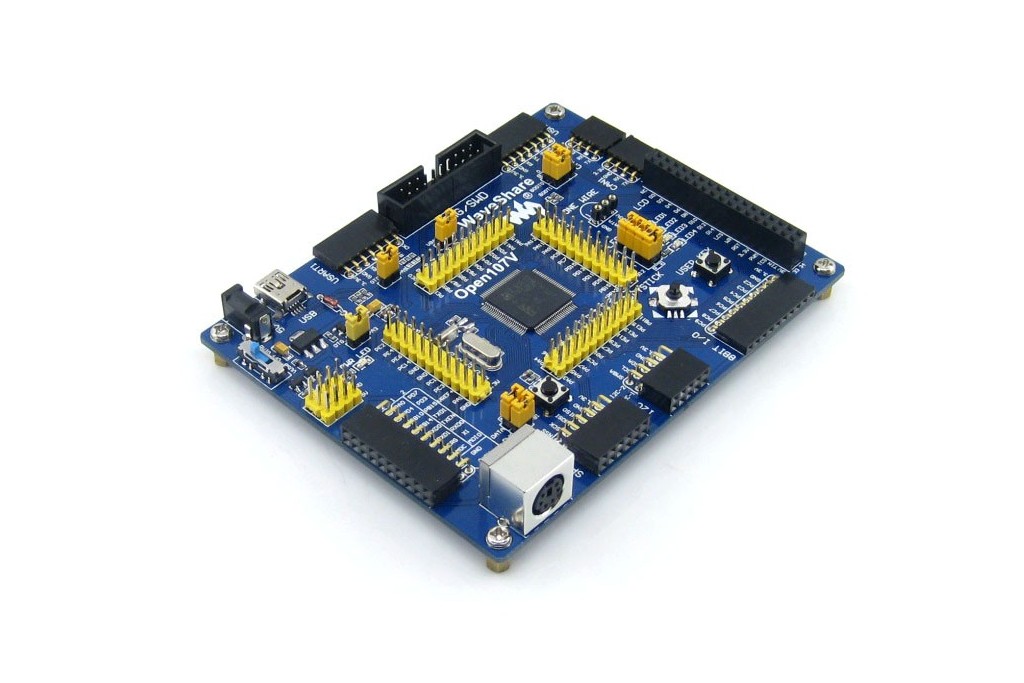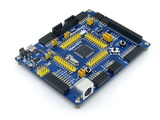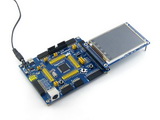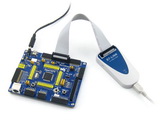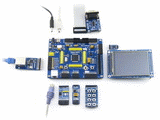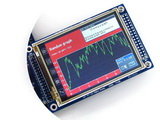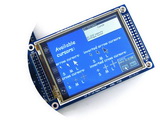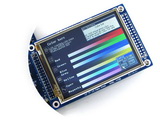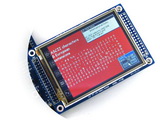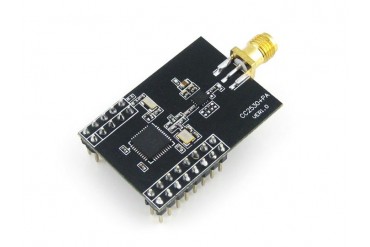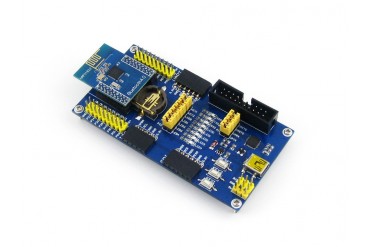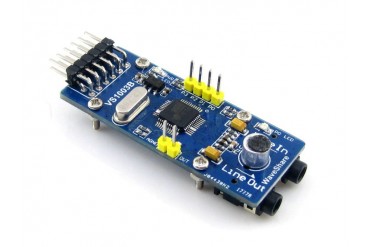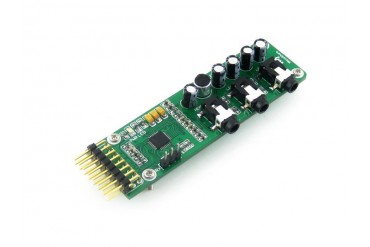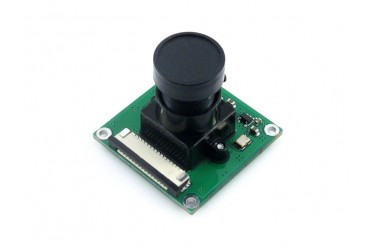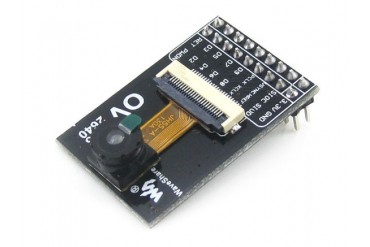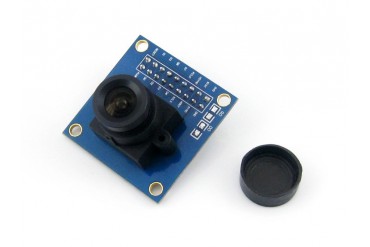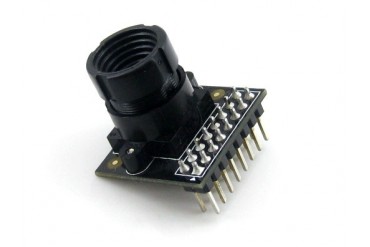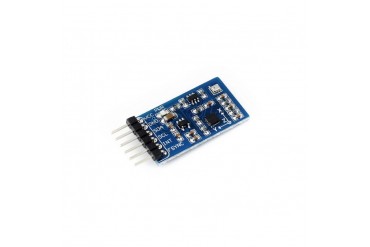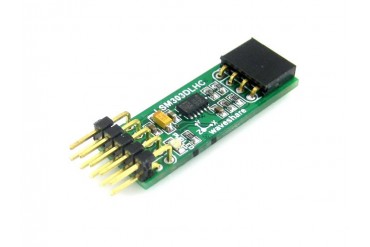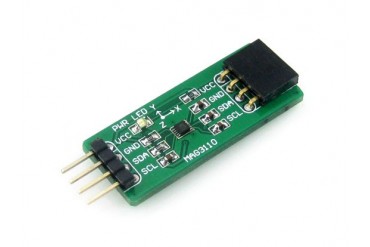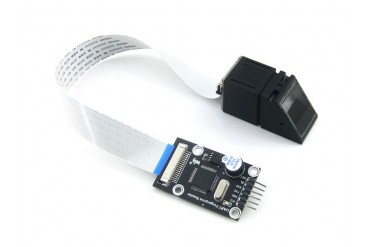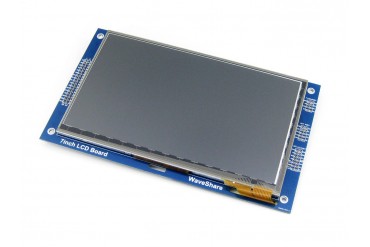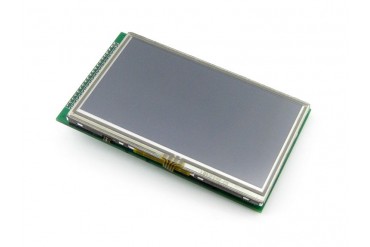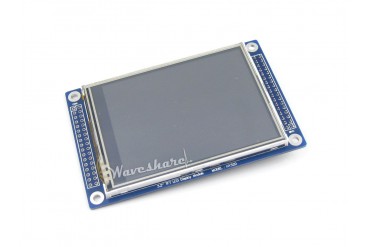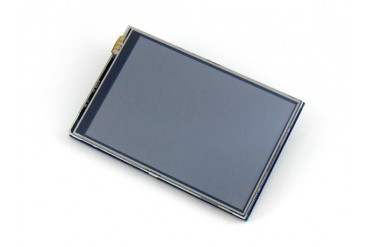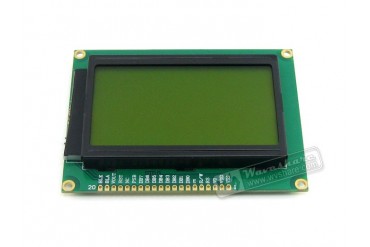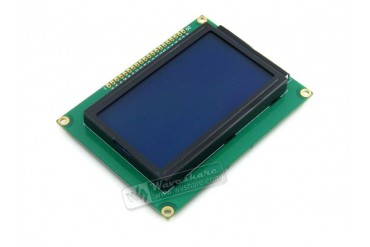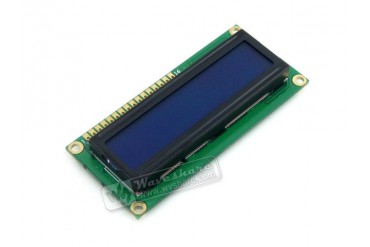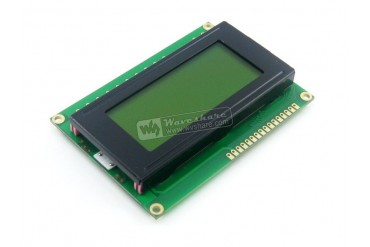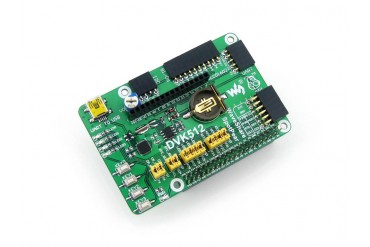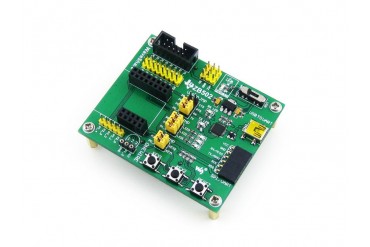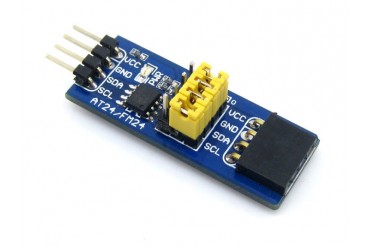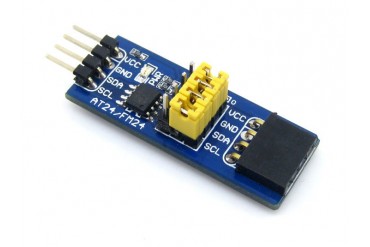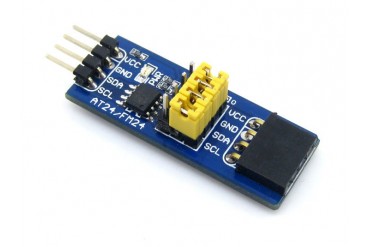More info
-
STM32 development board designed for STM32F107V series, features the STM32F107VCT6 MCU, and integrates various standard interfaces, pretty easy for peripheral expansions.
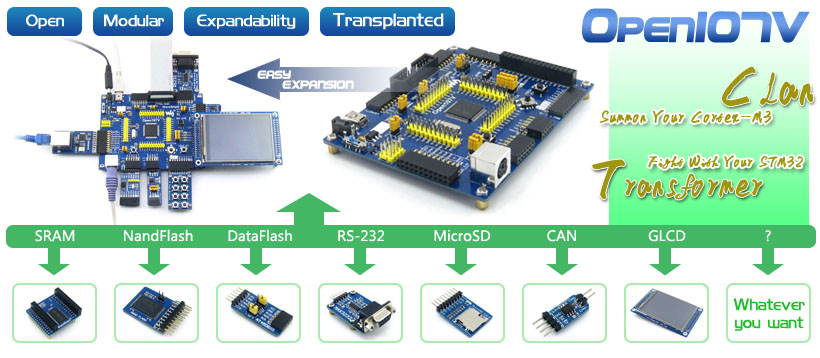
Overview
Open107V is a STM32 development board that features a STM32F107VCT6 device as the microcontroller. It supports further expansion with various optional accessory boards for specific application. The modular and open design makes it the ideal for starting application development with STM32 connectivity line microcontroller.
Note: Open107V Standard includes only ONE accessory board -- PL2303 USB UART Board (mini).
What's On Board
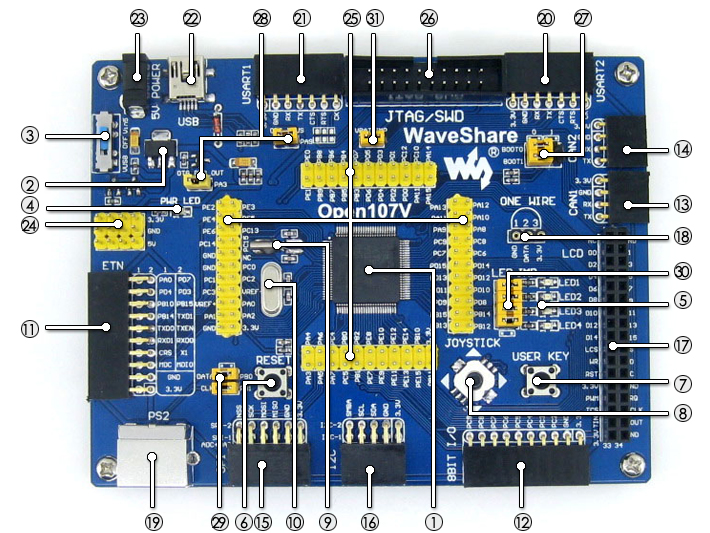
- STM32F107VCT6:the high performance STM32 MCU which features:
- Core: ARM Cortex-M3 32-bit RISC
- Operating Frequency: 72MHz, 1.25 DMIPS/MHz
- Operating Voltage: 2-3.6V
- Package: LQFP100
- I/Os: 80
- Memories: 256K Flash, 64K RAM
- Communication Interfaces: 3 x SPI, 3 x USART, 2 x UART, 2 x I2S, 2 x I2C, 1 x Ethernet MAC, 1 x USB OTG, 2 x CAN
- AD & DA converters: 2 x AD (12-bit, 1μs, shares 16 channels); 2 x DA (12-bit)
- Debugging/Programming: supports JTAG/SWD (serial wire debug) interfaces, supports IAP
- AMS1117-3.3: 3.3V voltage regulator
- Power supply switch: 5V DC or USB
- Power indicator;
- LEDs: Convenient for indicating I/O status or program running state
- Reset button;
- User key;
- Joystick: Convenient for I/O input (five positions)
- 32.768K crystal oscillator: for internal RTC
- 25M crystal oscillator;
- Ethernet Interface: easily connects the MCU to ethernet network by using an additional ethernet module
- 8 I/O Interface: easily connects to keypad, motor, etc.
- CAN1 Interface: communicates with accessory boards which feature the CAN device conveniently
- CAN2 Interface: communicates with accessory boards which feature the CAN device conveniently
- SPI1/SPI2 Interface: easily connects to SPI peripherals such as DataFlash (AT45DBxx), SD card, MP3, etc.
- I2C1/I2C2 Interface: easily connects to I2C peripherals such as I/O expander (PCF8574), EEPROM (AT24Cxx), etc.
- LCD Interface: easily connects to the touch screen LCD
- ONE-WIRE Interface: easily connects to ONE-WIRE devices (TO-92 package), such as temperature sensor (DS18B20), electronic registration number (DS2401), etc.
- PS/2 Interface: easily connects to PS/2 keyboard or mouse
- USART1 Interface: easily connects to RS232, RS485, USB TO 232, etc.
- USART2 Interface: easily connects to RS232, RS485, USB TO 232, etc.
- USB OTG: Communicating with USB Device or USB Host
- 5V DC jack;
- 5V/3.3 V power input/output;
- MCU pins connector: all the MCU pins are accessible on expansion connectors for further expansion
- JTAG/SWD interface: for debugging/programming
- Boot Mode Selection: for configuring the BOOT0 and BOOT1 pins
- USB OTG Selection Jumper
- Short the jumper to enable USB OTG, connects to MCU I/O
- Open the jumper to disable USB OTG, disconnects from MCU I/O
- PS/2 Interface Jumper
- Short the jumper to connect the PS/2 device to default I/Os
- Open the jumper to connect the PS/2 device to custom I/Os via jumper wires
- LEDs Jumper
- Short the jumper to connect the LEDs to default I/Os
- Open the jumper to connect the LEDs to custom I/Os via jumper wires
- VBAT Selection Jumper
- Short the jumper to use system power supply
- Open the jumper to make it possible to connect the VBAT to external power, such as battery
Photos
Note:
The Open107V supports programming via STM32 USART bootloader, a USB TO UART accessory board is also provided in the package.
The Open107V does NOT integrate any debugging function, a debugger is required.
The Open107V Standard includes only ONE accessory board -- PL2303 USB UART Board (mini).JTAG/SWD Interfaces
The figure 1, and 2 show the header pinouts of JTAG/SWD interface
Figure 1. JTAG Header Pinout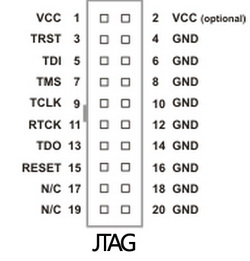 Figure 2. SWD Header Pinout
Figure 2. SWD Header Pinout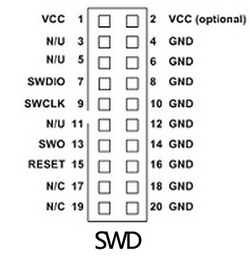
Development Resources
- Related softwares (KEIL etc.)
- Demo Code (examples in C, μC/OS-II)
- Schematic (PDF)
- STM32 Development documents (Datasheet etc.)
- STM32F107VCT6:the high performance STM32 MCU which features:
Reviews
No customer reviews for the moment.

